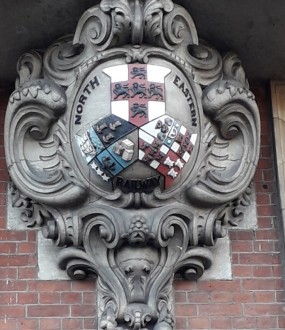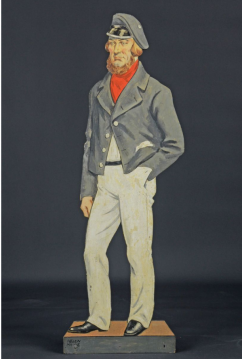08th February 2021




View navigation
08th February 2021
 Francis Bean was from a family of solid York Freemen and tradesmen, employed as curriers and cowkeepers, although Francis's father ran a pub until his health deteriorated. They lived in Swann St and New York St (the old name for parts of Nunnery Lane), and the pub was the old Red Lion at 64 Micklegate, now an estate agent's office. However the family had a long descent into poor relief during his father's illness and death. People put by what they could, thrift agencies existed at every level, from sharing-out clubs to friendly societies, but it was never enough.
Francis Bean was from a family of solid York Freemen and tradesmen, employed as curriers and cowkeepers, although Francis's father ran a pub until his health deteriorated. They lived in Swann St and New York St (the old name for parts of Nunnery Lane), and the pub was the old Red Lion at 64 Micklegate, now an estate agent's office. However the family had a long descent into poor relief during his father's illness and death. People put by what they could, thrift agencies existed at every level, from sharing-out clubs to friendly societies, but it was never enough.
 Rescue came from the North Eastern Railway, which offered jobs and training to the right candidates, and Francis was a capable man. The railway had increasingly become a big employer in York, with NER providing jobs on the transport system itself and also the carriage works. The railway offered a great variety of jobs and training, and even poor boys with the right attitude and skills could progress up the ranks. They often recruited within families, so fathers could ensure their sons also had employment.
Rescue came from the North Eastern Railway, which offered jobs and training to the right candidates, and Francis was a capable man. The railway had increasingly become a big employer in York, with NER providing jobs on the transport system itself and also the carriage works. The railway offered a great variety of jobs and training, and even poor boys with the right attitude and skills could progress up the ranks. They often recruited within families, so fathers could ensure their sons also had employment.